Analyzing the Latest Electronic Components Trends and Their Functions 2023 – 2024
The electronics industry pioneers innovation for smart homes, self-driving cars, and quantum computers. Electronic components form the backbone of devices, from microprocessors in smartphones to AI-driving processors. Growth hinges on cutting-edge fabrication and design trends, including advanced materials, organic electronics, and miniaturization. This article delves into how emerging trends shape the electronics industry, propelling it forward into exciting new possibilities.
Artificial Intelligence (AI)
AI is transforming diverse industries, particularly semiconductor manufacturing, by driving demand for AI-capable electronic components and enhancing product design. It overcomes constraints in development cycles, design processes, and defect reduction. Predictivemaintenance, facilitated by AI, emerges as a pivotal tool in reducing downtime within production lines, positioning artificial intelligence as a cornerstone in current electronics manufacturing trends. Israeli startup Cybord provides its AI-based component inspection software, leveraging visual inspection technology to ensure the authenticity and integrity of products. Meanwhile, German startup Celus pioneers an AI-powered engineering platform, automating manual steps in the engineering process. This platform seamlessly integrates into existing electronics manufacturing environments, streamlining component selection, design, and integration to significantly reduce product development times and complexity in the overall development process.
Miniaturization and Microelectronics
The electronics industry is shifting towards miniaturization to meet demands for powerful yet compact components. Manufacturers focus on developing integrated circuits, sensors, and other miniature components, integrating multiple features like nanonet sensors and forksheet FET. Swedish startup AlixLabs contributes to this landscape with an Atomic Layer Etching (ALE)-based method, enabling the manufacturing of nanostructures below 20 nm. Meanwhile, Belgian startup Spectricity pioneers miniaturized integrated spectral sensing solutions, utilizing patented wafer-scale hyperspectral filter technology for sensors compatible with the size, power consumption, and cost requirements of mobile devices.
Advanced Materials for Electronic
Exploring advanced materials like graphene and gallium nitride, with remarkable conductivity and thermal management capabilities, signifies a shift from traditional reliance on silicon in the semiconductor industry. Startups like Odyssey Semiconductor focus on high-performance gallium nitride (GaN) semiconductor materials, extending applications from consumer electronics to electric vehicles, industrial motor control, and energy grid systems. Meanwhile, SixLine Semiconductor in the United States pioneers carbon nanotube processing, providing semiconductor-grade nanotubes forhigh-performance transistor channels, benefiting wireless, computing, and sensor component manufacturing.
The Internet of Things (IoT)
IoT rapidly transforms sectors, linking everyday devices, from smart homes to manufacturing, enhancing real-time data collection and decision-making. Innovations like low-power microcontrollers and secure communication protocols meet IoT's challenges, fostering unprecedented opportunities in electronics manufacturing. Singaporean startup AnalogueSmith specializes in CMOS-based integrated circuit design for IoT sensor nodes, offering cost reduction without compromising performance. Concurrently, Meyvnsystems develops wireless communication systems for IoT devices, providing solutions based on communication distance, power consumption, and data throughput requirements, streamlining in-house communication system design and reducing development periods.
5G Technology
5G technology is a groundbreaking advancement in wireless communication, delivering faster speeds, lower latency, and increased bandwidth. Its development facilitates transformative applications in remote surgery, autonomous driving, and virtual reality, previously confined to science fiction. To meet the demanding requirements of 5G applications, the component industry has innovated with high-frequency transistors, filters, and power amplifiers, operating at millimeter-wave frequencies. Additionally, specialized antennas and RF components, including beamforming modules, enhance support for massive MIMO technology, ensuring optimized signal strength and quality.
Augmented Reality (AR)
Augmented Reality (AR) is transforming our interaction with the world by overlaying digital content onto reality. As AR applications, such as training, gaming, and navigation, become moresophisticated, the electronic industry responds with innovative electronic components. High-precision sensors, inertial measurement units (IMUs), and depth cameras accurately track user and object positions, advancing AR capabilities. Canadian startup inspectAR's toolkit uses AR for PCB manufacturing, enhancing inspection, debugging, reworking, and assembly processes. Similarly, Czech startup Misterine employs AR for assembly lines, providing step-by-step instructions and immediate error detection to enhance efficiency and reduce human errors.
Organic Electronics
Organic electronics, employing materials like polymers and small molecules, introduce flexible, biodegradable, and biocompatible electronic components, revolutionizing fields like wearables, implantable sensors, and eco-friendly electronics. This innovation has led to the creation of organic solar cells and OLEDs, offering energy efficiency and integration into textiles. Japanese startup Flask contributes materials for various organic electronic components, satisfying demands for high efficiency, low power consumption, and reliability. Similarly, Koala Tech develops an organic semiconductor laser diode, utilizing organic fluorescent semiconductors for a cost-effective light source, seamlessly integrating into OLED and organic electronic components.
Printed Electronics
Printed electronics on semiconductor substrates reduce manufacturing costs, driving the quest for new technologies. 3D-printed electronics utilize conductive inks and flexible films, diverging from traditional wire-based circuits. Canadian startup Omniply pioneers a delamination technique for printed electronics, separating flexible circuits without compromising performance. This eco-friendly method, using traditional CMOS infrastructure, surpasses resolution and reliability limits. Dutch startup TracXon focuses on circular and hybrid printed electronics, employing sustainable printing methods with a lower carbon footprint. Their technology finds applications in lighting, automotive, healthcare, and electronics industries.
IC Packaging
With traditional scaling facing limitations, semiconductor manufacturers are turning to innovative packaging to enhance silicon integration in compact forms. Dutch startup PHIX pioneers Photonic Integrated Circuit (PIC) assembly and packaging, enabling customization and improved yields through modular component stacking. Concurrently, US-based Onto Innovation develops the JetStep W2300 System, offering specialized optics for advanced IC packaging processes. This equipment addresses challenges in packaging, ensuring optimal device performance, quality, and reliability for electronics manufacturers in a rapidly evolving landscape.
3D Printing
3D printing revolutionizes electronics manufacturing by eliminating the constraints of flat circuit boards, allowing innovative designs and shapes. This additive manufacturing method produces electronic components as single, continuous parts, streamlining assembly. This trend accelerates prototyping, facilitates mass customization, and decentralizes parts production. Vanguard Photonics, a German startup, excels in 3D nanofabrication for photonic integration, addressing challenges in large-scale integration and system assembly. Meanwhile, Danish startup ATLANT 3D Nanosystems pioneers atomic layer 3D printing technology, offering atomic precision in material and device development. Their scalable and precise printing enables rapid prototyping and manufacturing of micro and nanodevices with multi-material capabilities.
Electronic components trends for 2023 - 2024 show that future manufacturers prioritize building efficient and miniaturized electronic components for specialized applications. Using advanced materials, packaging, and printing technologies to facilitate this goal.
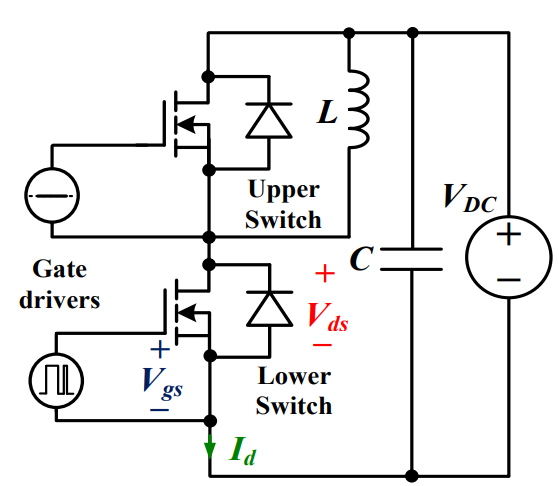 Discovering New and Advanced Methodology for Determining the Dynamic Characterization of Wide Bandgap DevicesSaumitra Jagdale15 March 20242275
Discovering New and Advanced Methodology for Determining the Dynamic Characterization of Wide Bandgap DevicesSaumitra Jagdale15 March 20242275For a long era, silicon has stood out as the primary material for fabricating electronic devices due to its affordability, moderate efficiency, and performance capabilities. Despite its widespread use, silicon faces several limitations that render it unsuitable for applications involving high power and elevated temperatures. As technological advancements continue and the industry demands enhanced efficiency from devices, these limitations become increasingly vivid. In the quest for electronic devices that are more potent, efficient, and compact, wide bandgap materials are emerging as a dominant player. Their superiority over silicon in crucial aspects such as efficiency, higher junction temperatures, power density, thinner drift regions, and faster switching speeds positions them as the preferred materials for the future of power electronics.
Read More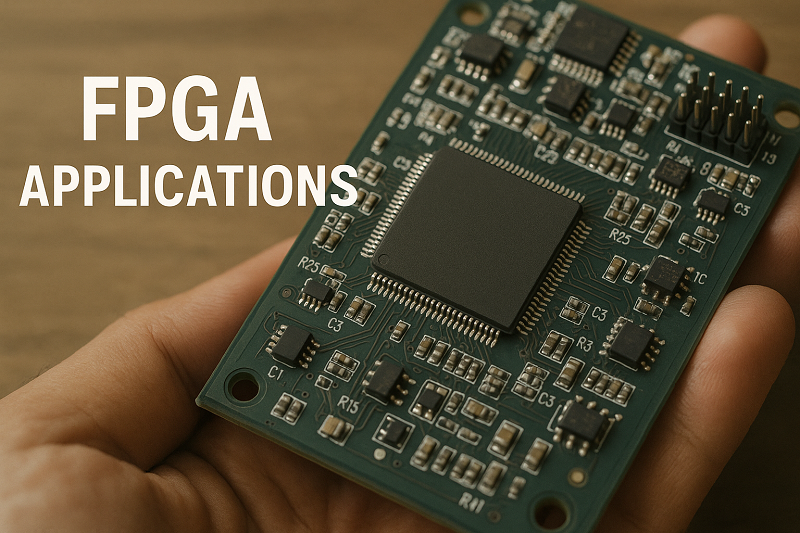 A Comprehensive Guide to FPGA Development BoardsUTMEL11 September 20254125
A Comprehensive Guide to FPGA Development BoardsUTMEL11 September 20254125This comprehensive guide will take you on a journey through the fascinating world of FPGA development boards. We’ll explore what they are, how they differ from microcontrollers, and most importantly, how to choose the perfect board for your needs. Whether you’re a seasoned engineer or a curious hobbyist, prepare to unlock new possibilities in hardware design and accelerate your projects. We’ll cover everything from budget-friendly options to specialized boards for image processing, delve into popular learning paths, and even provide insights into essential software like Vivado. By the end of this article, you’ll have a clear roadmap to navigate the FPGA landscape and make informed decisions for your next groundbreaking endeavor.
Read More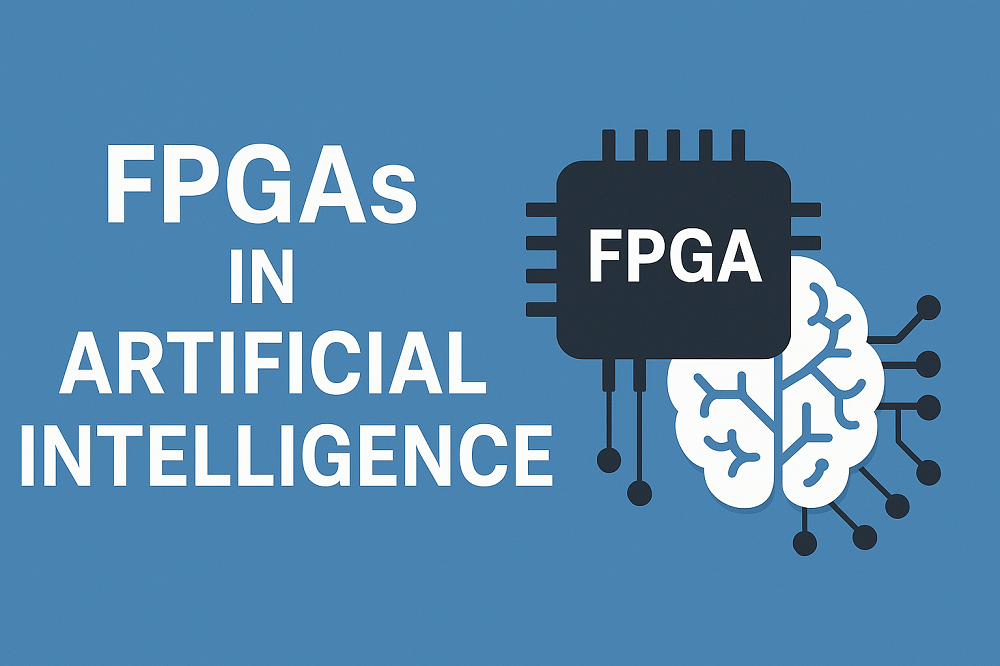 Applications of FPGAs in Artificial Intelligence: A Comprehensive GuideUTMEL29 August 20251460
Applications of FPGAs in Artificial Intelligence: A Comprehensive GuideUTMEL29 August 20251460This comprehensive guide explores FPGAs as powerful AI accelerators that offer distinct advantages over traditional GPUs and CPUs. FPGAs provide reconfigurable hardware that can be customized for specific AI workloads, delivering superior energy efficiency, ultra-low latency, and deterministic performance—particularly valuable for edge AI applications. While GPUs excel at parallel processing for training, FPGAs shine in inference tasks through their adaptability and power optimization. The document covers practical implementation challenges, including development complexity and resource constraints, while highlighting solutions like High-Level Synthesis tools and vendor-specific AI development suites from Intel and AMD/Xilinx. Real-world applications span telecommunications, healthcare, autonomous vehicles, and financial services, demonstrating FPGAs' versatility in mission-critical systems requiring real-time processing and minimal power consumption.
Read More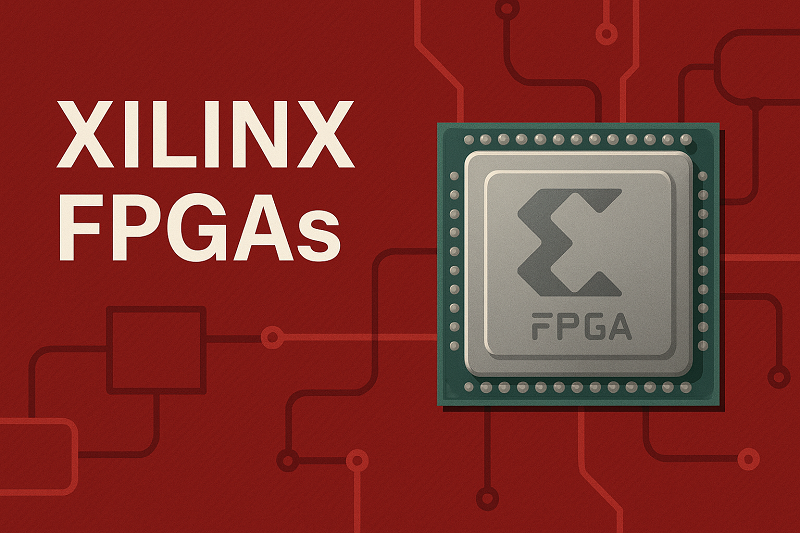 Xilinx FPGAs: From Getting Started to Advanced Application DevelopmentUTMEL09 September 20251832
Xilinx FPGAs: From Getting Started to Advanced Application DevelopmentUTMEL09 September 20251832This guide is your comprehensive roadmap to understanding and mastering the world of Xilinx FPGA technology. From selecting your first board to deploying advanced AI applications, we'll cover everything you need to know to unlock the potential of these remarkable devices. The global FPGA market is on a significant growth trajectory, expected to expand from USD 8.37 billion in 2025 to USD 17.53 billion by 2035. This surge is fueled by the relentless demand for high-performance, adaptable computing in everything from 5G networks and data centers to autonomous vehicles and the Internet of Things (IoT). This guide will walk you through the key concepts, tools, and products in the Xilinx ecosystem, ensuring you're well-equipped to be a part of this technological revolution.
Read More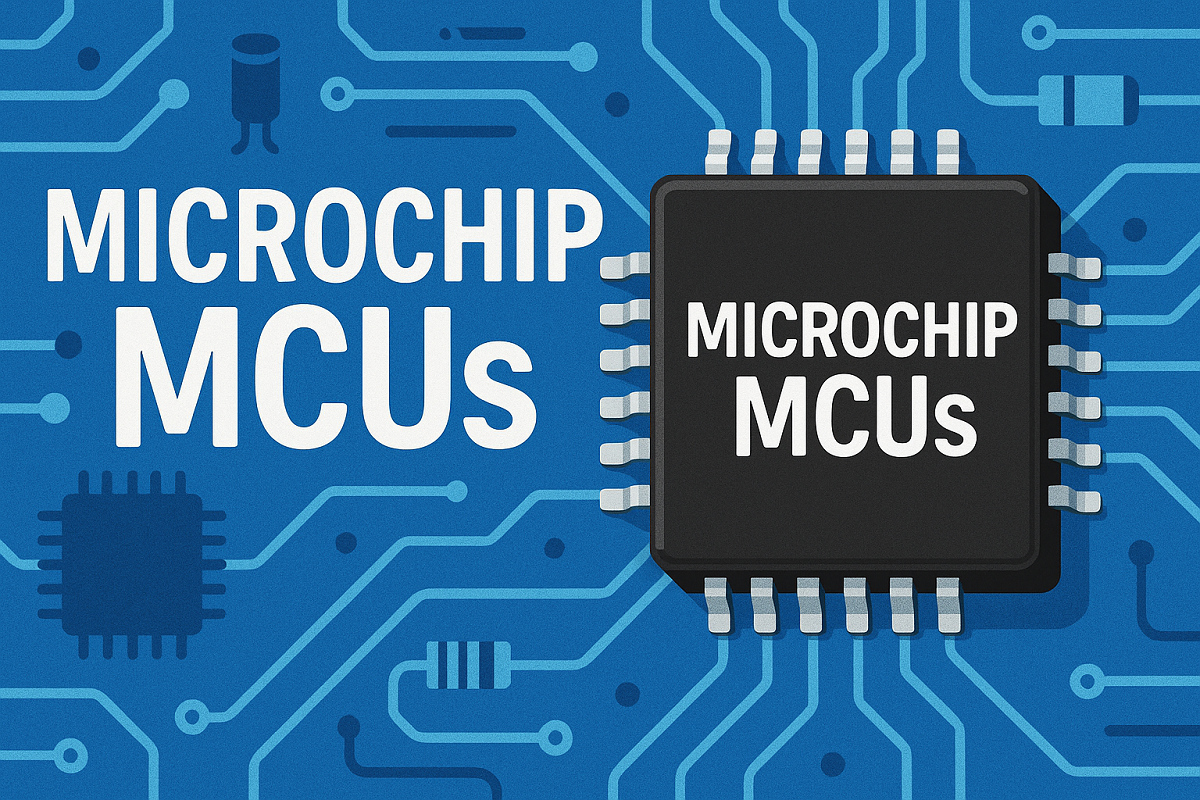 The Ultimate Guide to Microchip MCUs: From Selection to Real-World ApplicationsUTMEL13 September 2025816
The Ultimate Guide to Microchip MCUs: From Selection to Real-World ApplicationsUTMEL13 September 2025816Are you an aspiring electronics enthusiast, a seasoned engineer, or a hobbyist looking to bring your next project to life? If so, you've likely encountered the term Microchip MCU. But what exactly is a Microchip MCU, and how do you choose the right one from their vast portfolio? This comprehensive guide will walk you through everything you need to know about Microchip's powerful microcontrollers, from selection and programming to real-world applications.
Read More
Subscribe to Utmel !
![89HT0832PZCHLG]() 89HT0832PZCHLG
89HT0832PZCHLGRenesas Electronics America Inc.
![FOD4216V]() FOD4216V
FOD4216VON Semiconductor
![TLE82642EXUMA1]() TLE82642EXUMA1
TLE82642EXUMA1Infineon Technologies
![FODM3023-NF098]() FODM3023-NF098
FODM3023-NF098ON Semiconductor
![AD9941BSTZRL]() AD9941BSTZRL
AD9941BSTZRLAnalog Devices Inc.
![AT88SC3216C-MJ]() AT88SC3216C-MJ
AT88SC3216C-MJMicrochip Technology
![SC85410EVTAJD557]() SC85410EVTAJD557
SC85410EVTAJD557NXP Semiconductors
![AD9960BSTZ]() AD9960BSTZ
AD9960BSTZAnalog Devices Inc.
![HCS361/SN]() HCS361/SN
HCS361/SNMicrochip Technology
![AT88SC118-SH-CM-T]() AT88SC118-SH-CM-T
AT88SC118-SH-CM-TMicrochip Technology









